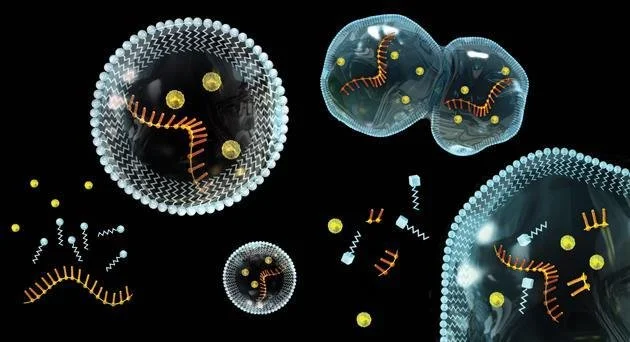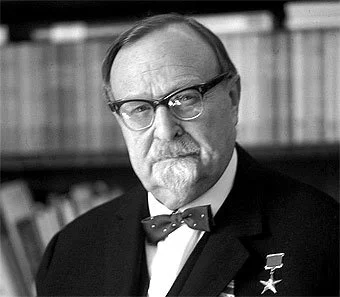The Miller-Urey Experiment
Written By: Arman Momeni
Like any scientific field, understanding the origins of life poses a myriad of disagreements and contrasting hypotheses within the science community. When it first began, understanding how molecules transformed into biotic species was very speculative with no existing evidence of how life on Earth began. This article from Science ReWired discusses the Miller-Urey experiment, a revolutionary test in the field of biology that provided instrumental leaps in understanding the formation and evolution of life.
In the 1920s, many theories arose that postulated the origins of life. One of the most notable of these theorists was soviet biochemist Aleksandr Oparin, who is renowned for his book The Origins of Life. Oparin’s classic text on biochemistry is a novel description of how living tissue is formulated on Earth. Oparin believed that the development of life on Earth was long and gradual, mainly driven by the evolution of nitrogen and carbon compounds. Oparin believed that organic molecules, such as amino acids and sugars, which are essential to life, were formed by *abiogenic sources. However, Oparin testified that biogenic sources could only develop into organic molecules when they were acted upon by an external energy source and in an atmosphere with low levels of free oxygen.
*Abiogenic sources are those that are inorganic, not produced or provided by living organisms
Aleksandr Oparin
Interestingly, however, Oparin was not the only scientist who believed that life evolved from non-living compounds billions of years ago. At around the same time, J.B.S. Haldane, a British-Indian scientist who worked in evolutionary biology and physiology, described a similar scenario of the progressive evolution of matter on primitive Earth, stating that it eventually led to the emergence of life.
J.B.S Haldane
While theories surrounding the evolution of life were prevalent, there was still no concrete evidence until the 1950s. In 1953, American chemist Stanley Miller, under the supervision of American scientist Harold C. Urey at the University of Chicago, conducted a simulation to replicate the conditions of Earth’s early atmosphere and oceans. Miller and Urey wanted to test whether non-living (abiogenic) materials could create organic molecules. Miller and Urey replicated chemical reactions between inorganic molecules believed to be present billions of years ago. Miller and Urey’s experiment was ultimately successful; the two published conclusive findings, documenting the production of amino acids and other organic molecules. They demonstrated that chemical evolution was, in fact, possible and created actual evidence for both Haldane and Oparin’s hypotheses.
Works Cited
Akre, K. and Rafferty, . John P. (2023, September 14). Miller-Urey experiment. Encyclopedia Britannica. https://www.britannica.com/science/Miller-Urey-experiment


